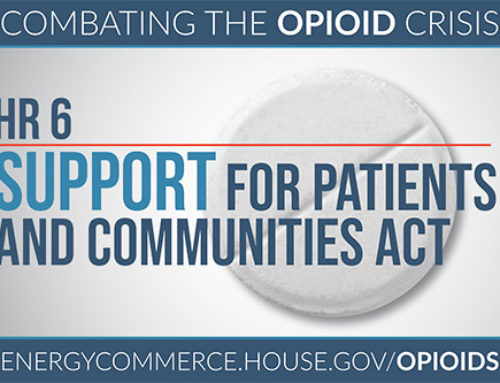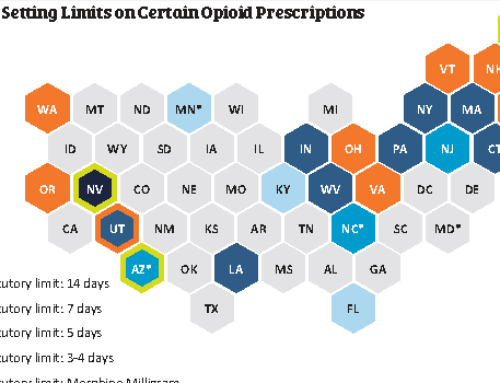A recent CDC report examining emergency department data from July-September 2016 vs July-September 2017 shows a 30% increase in opioid overdose visits in the U.S. Such data can identify trends much sooner than waiting for data from death certificates.
A closer analysis of 16 states that received funding to better track opioid overdoses showed the Midwest is hardest hit with a 70% increase in opioid overdose visits. Wisconsin had the highest increase at 109%. Some improvement was seen in 5 states with modest decreases (see figure).
In an interview with NPR, acting CDC Director Anne Schuchat cited one reason for geographic variability: the supply of highly potent and illegal fentanyl increasing faster in some parts of the country.
So, what does the CDC recommend? A companion editorial emphasizes guidelines and protocols for emergency physicians to not only reverse opioid overdoses, but to prevent future overdoses. This includes following evidence-based prescribing guidelines, using prescription drug monitoring program (PDMP) data, providing education, and other post-overdose protocols, including follow-up services. Additionally, the CDC recommends a coordinated response among state and local health departments, public safety personnel, mental health care providers, and other stakeholders.
Learn about safe opioid prescribing in a CO*RE course.
 For Further Reading
For Further Reading
- Emergency Department Data Show Rapid Increases in Opioid Overdoses
- Enhanced State Opioid Overdose Surveillance
- Jump In Overdoses Shows Opioid Epidemic Has Worsened
- Fentanyl Deaths Alarmingly High
- Opportunities for Prevention and Intervention of Opioid Overdose in the Emergency Department
- States Go Their Own Way With Opioid Laws






